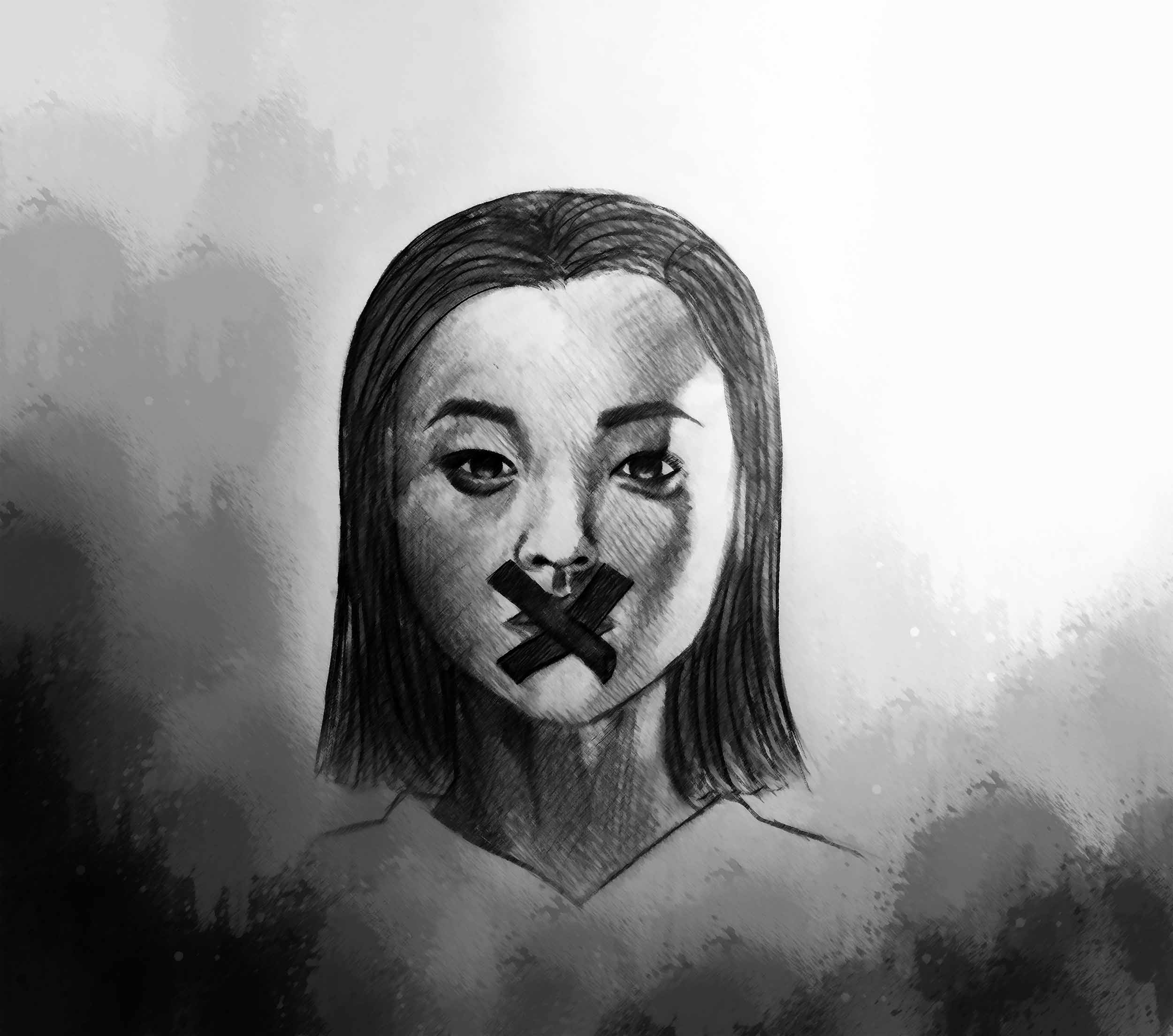
“Asian-American” is still a relatively new identity. It was only after the Immigration and Nationality Act of 1965 eliminated the practice of using quotas for entry that Asians began immigrating to the United States in larger numbers. In the ensuing half-century, according to U.S. census data, those who identified as Asian-American went from representing 0.1 percent to 5.6 percent of the country’s population.
I am thankful for this Act. I was born in New Jersey to Chinese immigrants who arrived and met in Arizona in the 1980s. It was incredibly difficult for them to leave everything behind to move to a foreign country and learn a foreign language. To this day, I hold deep admiration for what my parents have persevered through and endured.
Yet, my parents immigrated to the United States when they were already adults. They had grown up in a homogeneous Chinese society and developed a strong sense of cultural identity in their adolescence. Upon arriving in America, they built communities with other Chinese immigrants to continue to preserve their heritage.
Their experience as Asian-Americans is vastly different than that of my own or others in my generation. In school, Asian figures were absent from the content of my history classes except when they were victims or enemies. Growing up and watching the news, I saw very little Asian-American representation in American politics, business and sports. In movies and in television, it was worse. Asians were portrayed embarrassingly, and their characters felt one-dimensional and underdeveloped. As a child, I would hang my head down, and I would search for anything or anyone that I could identify with, for a face that resembled my own, for a path I could one day call my own. But it was never there.
It wasn’t until I studied abroad in Beijing the summer following my freshman year with other Asian-American students that I discussed what it meant to be an Asian-American: the shared challenges and the unique experience of being Asian but also American. When we had these conversations, it was just as empowering to share my own narrative as it was to listen and relate to another Asian-American’s story so deeply.
Back in America, I often got the sense that other Asian-American students were more concerned with their individual success and with their own advancement, with assimilating as fast as possible instead of exploring and retaining elements of our culture. I, too, am not entirely above this criticism.
The events that occurred this past semester really shook me. I was amazed at how the Black and Hispanic communities rallied together so strongly in a way that the Asian-American community never has.
When I attended events at the Asian American Cultural Center in the wake of the demonstrations, there was both individual and collective ambivalence about what to do or what to say. Were we people of color? Too often, my peers expressed that they wanted to act in some way, but they didn’t know how to proceed.
Nevertheless, Asian-American students were together in the same space, starting to have these important dialogues. I felt a sense of optimism, and dare I say pride, after hearing students open up and commit to owning and accepting their Asian identity.
There has been progress made among Asian-Americans in building a national visibility. Mazie Hirono became the first female Asian-American senator when she was elected in 2013. Vivek Murthy GRD ’03 MED ’03 is our current surgeon general. Jeremy Lin, who plays for the Charlotte Hornets, continues to be a strong force in the NBA. Actor Aziz Ansari is making a big splash with his new TV show on Netflix, “Master of None.” I hope that the trend of greater Asian-American success across various industries can continue.
I want to believe that similar strides in Asian-American visibility can also be made on the local level, even at Yale, a campus that is now 20 percent Asian-American. Timothy Dwight Master Mary Lui’s Asian-American history class is a start, but there have to be more Asian-American classes like that one and more Asian-American faculty like her. Implementing greater change is on Yale, but it’s also on Asian-Americans to join the movement to continue pushing for that change.
Ultimately, we Asian-American students need to take it upon ourselves to have greater presences in our communities. Though so many of us have been raised to be humble and diligent, having a voice and having pride for our identity is not antithetical to these values.
We should care just as much about what it means to be an Asian-American on Wall Street or an Asian-American with a medical degree as we care about pursuing these careers as individuals. We should care just as much about what it means to be Asian-Americans at Yale as we did about getting into Yale. Because our parents are immigrants, we have no precedent for our experiences other than each other. Later on, younger generations will have no one other than us to look to as an example.
This will be a burden, but it is uniquely ours to bear.
Johnathan Yao is a 2015 graduate of Jonathan Edwards College and will graduate from the School of Public Health in 2016. Contact him at johnathan.yao@yale.edu .







